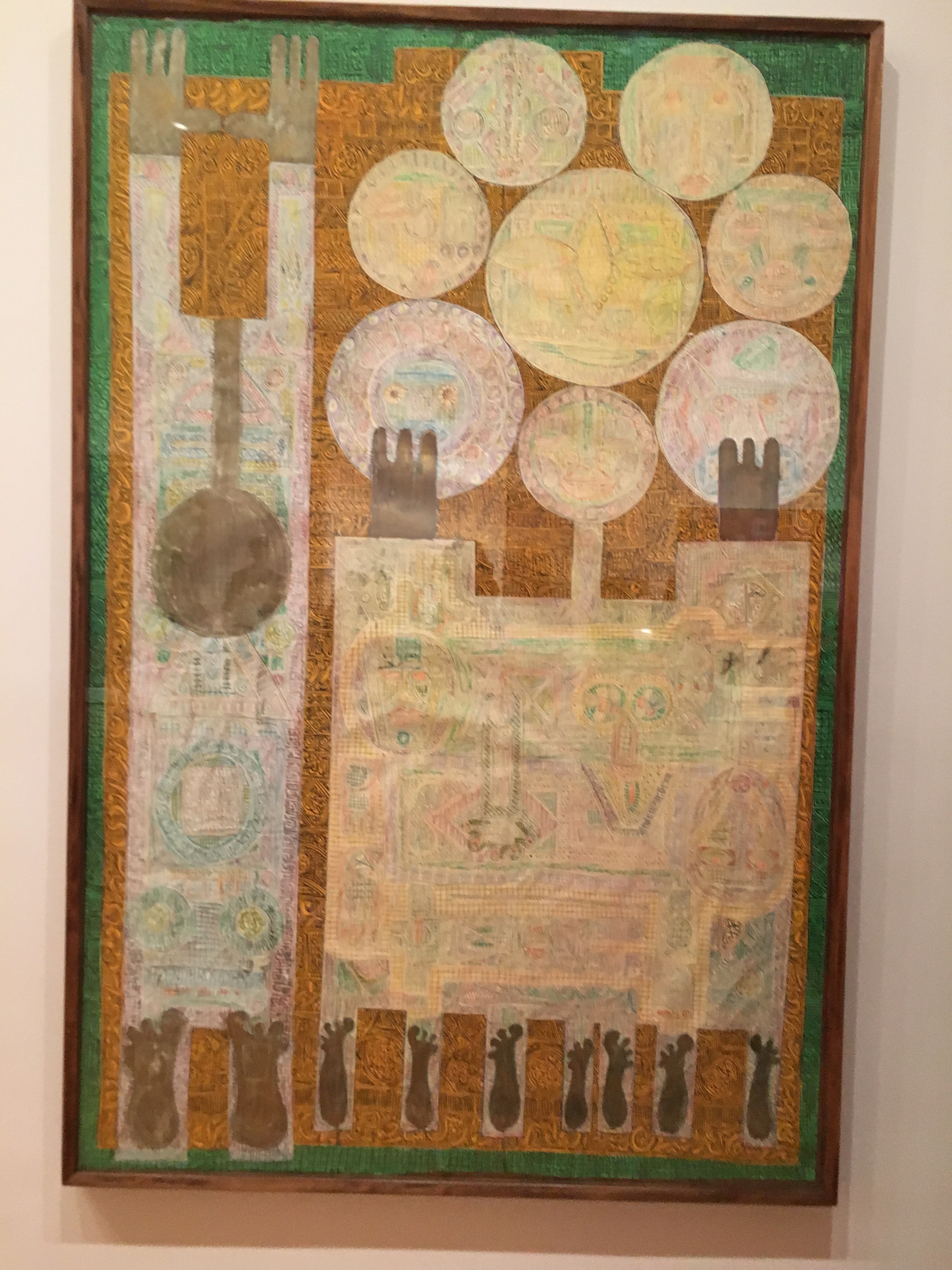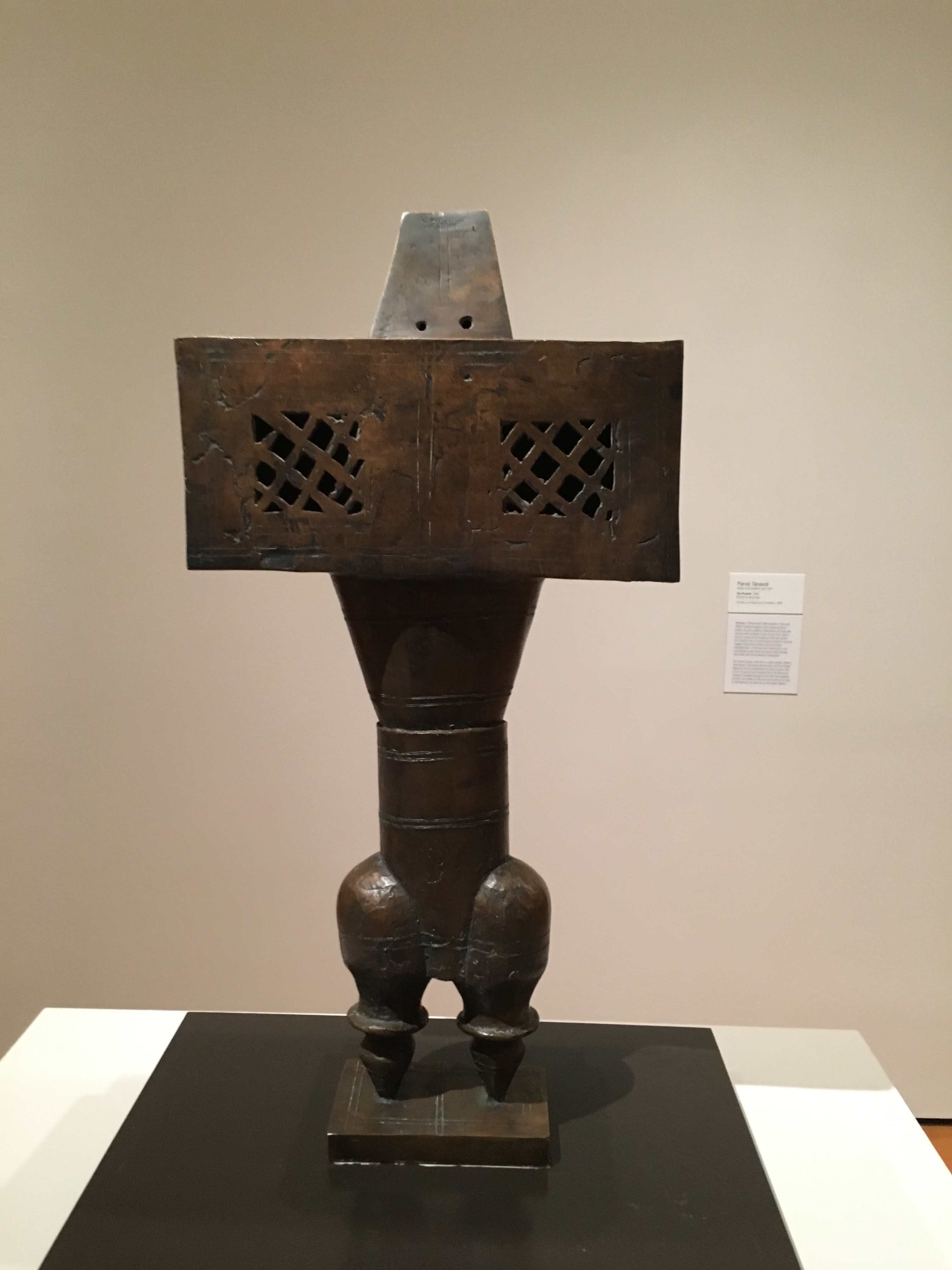State Department’s New Guidance Broadening Transmission of Citizenship to Children Born Abroad Is Welcome and Consistent with Federal Court Decisions
On May 18, 2021, the State Department issued guidance broadening the path for transmission of US citizenship to a child born abroad to married parents. The guidance is reproduced below:
Recognizing the advances in assisted reproductive technology the State Department is updating our interpretation and application of Section 301 of the Immigration and Nationality Act (INA), which establishes the requirements for acquisition of U.S. citizenship at birth.
Children born abroad to parents, at least one of whom is a U.S. citizen and who are married to each other at the time of the birth, will be U.S. citizens from birth if they have a genetic or gestational tie to at least one of their parents and meet the INA’s other requirements. Previously, the Department’s interpretation and application of the INA required that children born abroad have a genetic or gestational relationship to a U.S. citizen parent.
This updated interpretation and application of the INA takes into account the realities of modern families and advances in ART from when the Act was enacted in 1952.
This change will allow increased numbers of married couples to transmit U.S. citizenship to their children born overseas, while continuing to follow the citizenship transmission requirements established in the INA. Requirements for children born to unmarried parents remain unchanged.
At the same time, we remain vigilant to the risks of citizenship fraud, exploitation, and abuse. As with all citizenship and immigration benefits we examine, the Department will implement this policy in a manner that addresses these concerns.
This new interpretation allows a U.S. citizen who has a child through surrogacy, an egg donor, in vitro fertilization as well as other advances in assisted reproductive technology (ART) to transmit U.S. citizenship to their child, even if there is no genetic or gestational relationship to the U.S. citizen parent so long as such a link exists with the other married parent. As stated in the State Department’s announcement, this change in policy “takes into account the realities of modern families.” This is welcome news for a growing number of families who rely on the advancements of reproductive technologies to build their families.
For instance, prior State Department policy deprived the US citizen mother who may neither have been the gestational mother nor have a genetic relationship with the child from passing US citizenship. A US citizen mother is medically unable to bear a child and needs to use a surrogate mother overseas to carry the child to birth, and the egg is not hers and the sperm is from a non-US citizen father, US citizenship could not be passed onto the child. Thus, under the prior policy, such a mother who for medical reasons was unable to establish a biological link to her child, and also could not serve as the gestational mother herself, was unable to transmit US citizenship to her child. This was unfair for such mothers.
The nationality provisions of the INA were written long before the advent of ART. The State Department is to be heartily congratulated for bringing them into the 21st century. The willingness and ability to understand parentage in a broader sense is something for which advocates have long contended. It is precisely what a consistent line of Ninth Circuit case law and more recently a Second Circuit case, which did not deal with ART, has long exemplified. See Scales v. INS, 232 F.3d 1159 (2000); Solis-Espinoza v. Gonzales, 401 F. 3d 1090 (9th Cir. 2005); Jaen v. Sessions, 899 F.3d 182 (2d Cir. 2018). In these cases, so long as a child was not born out of wedlock, or if born out of wedlock was subsequently legitimated, the child did not need to prove that he or she was the biological child of the US citizen parent to acquire citizenship.
Public policy supports recognition and maintenance of a family unit. The Immigration and Nationality Act (“INA”) was intended to keep families together. It should be construed in favor of family units and the acceptance of responsibility by family members. See, e.g., Kaliski v. Dist. Dir. of INS, 620 F.2d 214, 217 (9th Cir.1980) (discussing the “humane purpose” of the INA and noting that a “strict interpretation” of the Act, including an “arbitrary distinction” between legitimate and illegitimate children, would “detract from … the purpose of the Act which is to prevent continued separation of families.”); H.R.Rep. No. 85-1199, pt. 2 (1957), reprinted in 1957 U.S.C.C.A.N.2016, 2020 (observing that the “legislative history of the Immigration and Nationality Act clearly indicates that Congress intended to provide for a liberal treatment of children and was concerned with the problem of keeping families of United States citizens and immigrants united).
Solis-Espinoza, supra, at 1094.
The Second Circuit in Jaen v. Sessions did not insist on a genetic or gestational tie with the US citizen parent, and the State Department’s new policy is consistent with Jaen v. Sessions. David Isaacson’s blog, Jaen v. Sessions: The Government Reminds Us That Government Manuals Aren’t Always Right, correctly pointed out that the prior US government policy or guidance may not actually be the law, and federal courts need to step in to point this out. Fortunately, the State Department has now stepped in. In Jaen v. Sessions, as discussed in David’s blog, Levy Alberto Jaen was born in Panama in 1972 to a non-U.S.-citizen mother, Leticia Rogers Boreland, who was then married to a naturalized U.S. citizen named Jorge Boreland. But Jaen’s Panamanian birth certificate indicated that his father was another man named Liberato Jaen. Jaen moved to the US at the age of 15 as a nonimmigrant in 1988 and lived with the Boreland family. In 2008, Jaen was placed in removal proceedings based on controlled substance violations and he moved to terminate proceedings on the ground that he was a US citizen. The Immigration Judge denied the motion, and the Board of Immigration Appeals affirmed. The Second Circuit reversed and pointed out that the historic common-law definition of the term “parent” included a common-law presumption of legitimacy that held a married man to be the father of a child to whom his wife gave birth. As it was put in Blackstone’s Commentaries, “Pater est quem nuptiae demonstrant”—the nuptials show who is the father. Jaen, slip op. at 13 & n. 5. This common-law definition of parent, the Second Circuit held, would be sufficient to render Jorge Boreland the parent of Levy Jaen for citizenship purposes.
Although the State Department policy is meant to cover children born through ART, it is clearly applicable to out of wedlock scenarios in Jaen, Solis-Espinoza and Scales. Levy Alberto Jaen, for example, had a genetic link to his non-US citizen mother Leticia Rogers Boreland, who was married to his US citizen legal (although not biological) father Jorge Boreland. Consistent with the new State Department policy, Jaen had a genetic or gestational tie to at least one of [his] parents, Leticia, and she was married to another, U.S. citizen parent of his. Though born in Mexico, Solis-Espinoza claimed citizenship by virtue of the US citizenship of the woman he knew as his mother. That woman, who was married to Solis-Espinoza’s biological father at the time of petitioner’s birth, acknowledged him from his infancy as a member of her family and raised him as his mother, though he did not in fact have a biological connection with that woman. Scales was born in the Philippines in 1977, to Stanley Scales, Sr. an American citizen-serviceman at the time, and Aily Topaz, a Philippine citizen. Stanley and Topaz met during the first week of September 1976, and one week later, Topaz told Stanley that she was pregnant, probably from a prior relationship. Topaz and Stanley were married on March 13, 1977, and Petitioner was born on April 6, 1977.
Although one arguable difference is that he had a legally relevant third parent to a greater extent than generally exists in ART cases (where the egg or sperm donor is usually acknowledged not to have legal parentage rights), it isn’t unheard of for a child to have more than two parents for immigration purposes especially in the stepparent context. The State Department’s new policy is not only consistent with the common law meaning of “parent” in the INA, especially INA 301(g), but it is also in keeping with public policy that supports the recognition and maintenance of a family unit.









